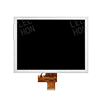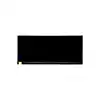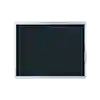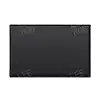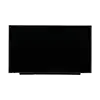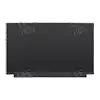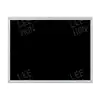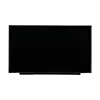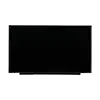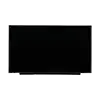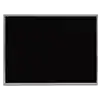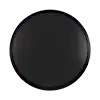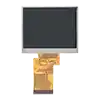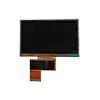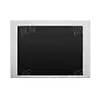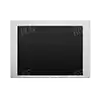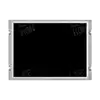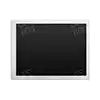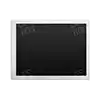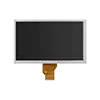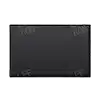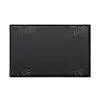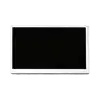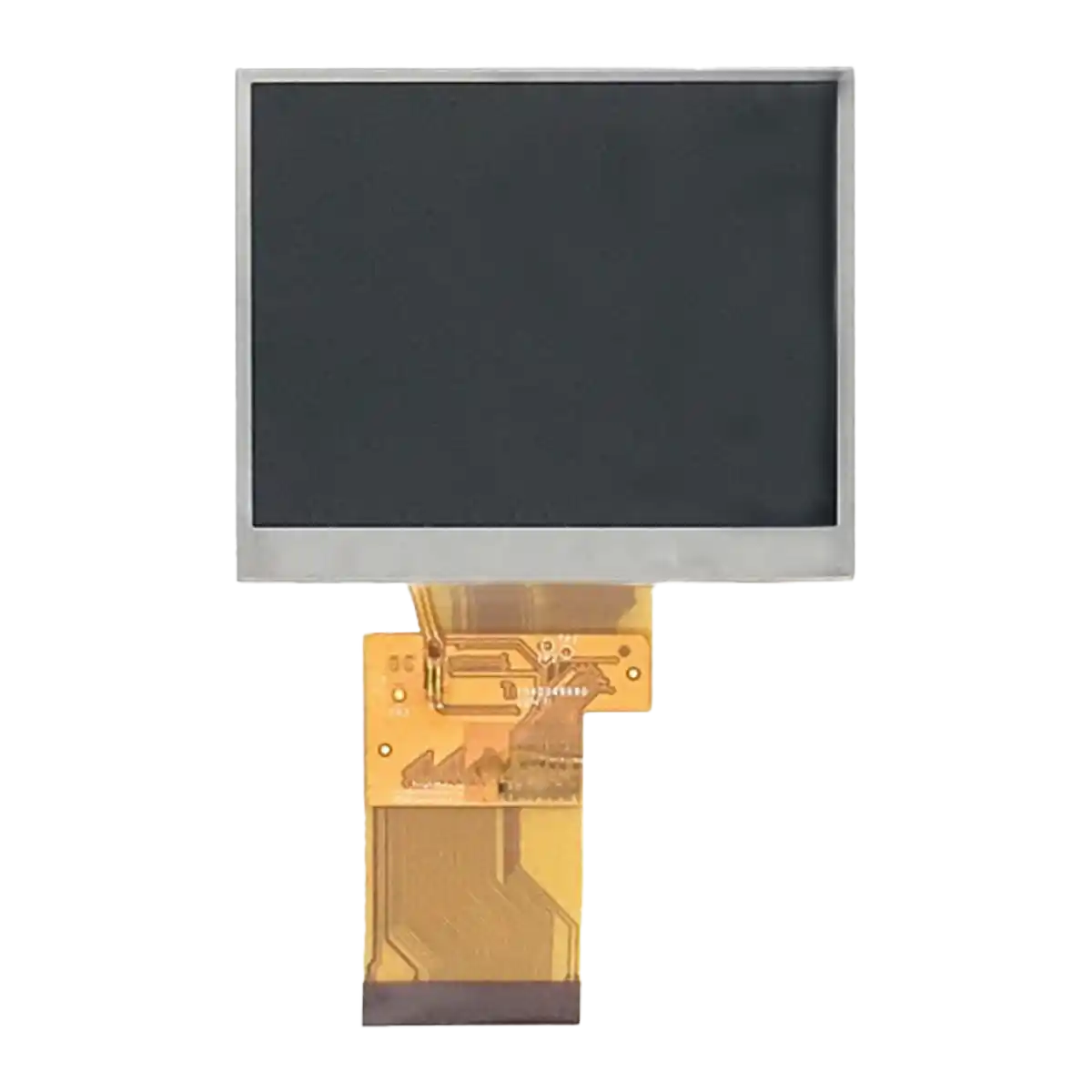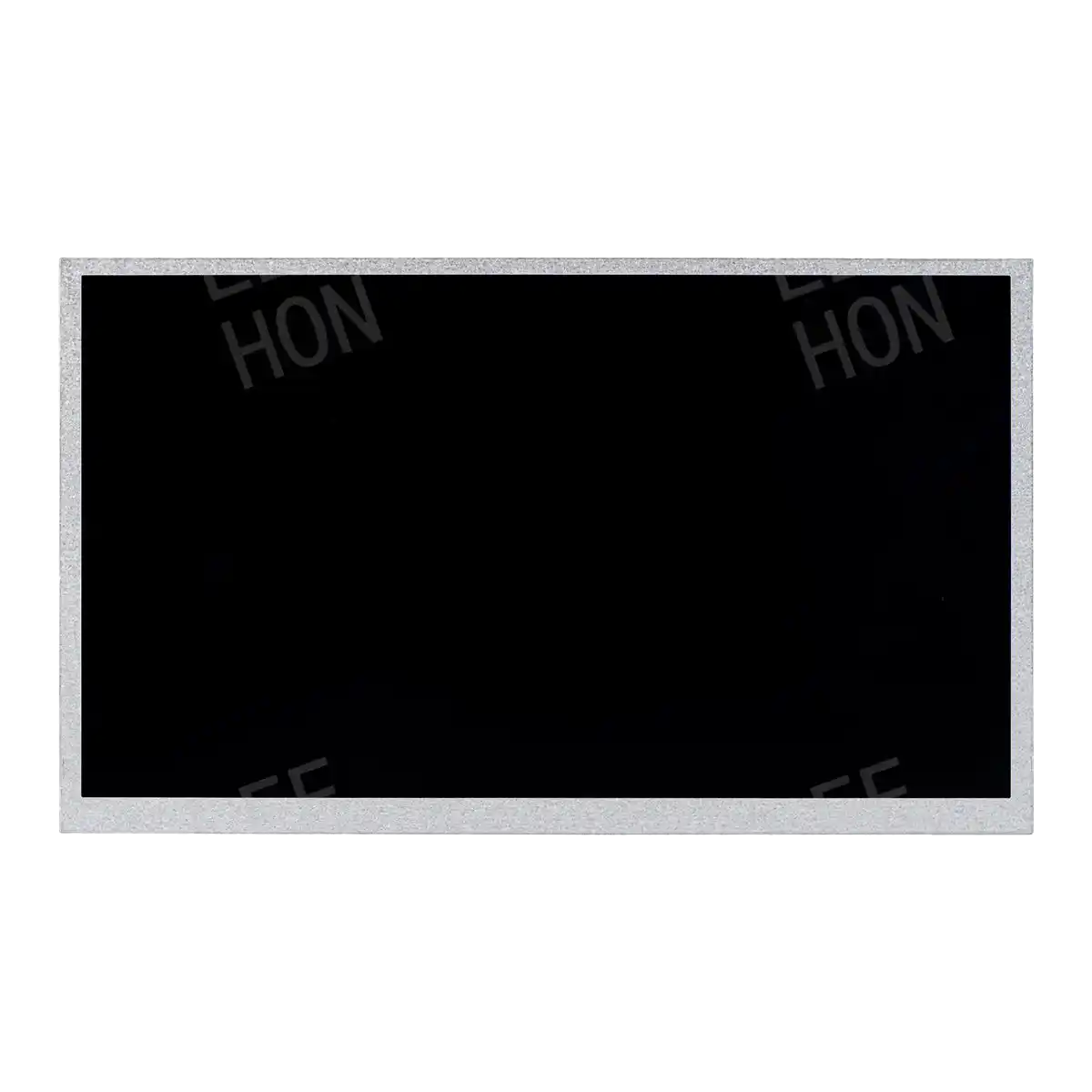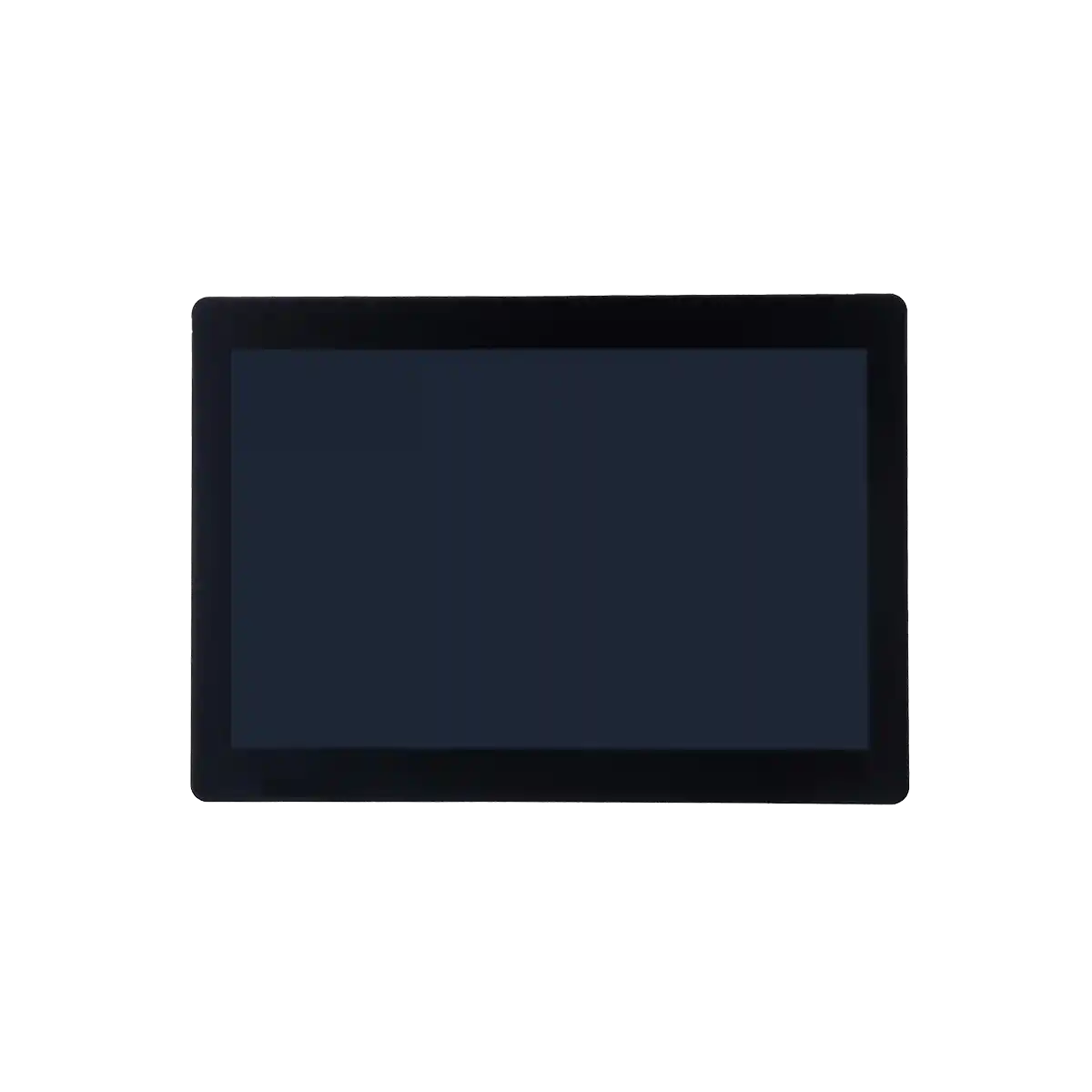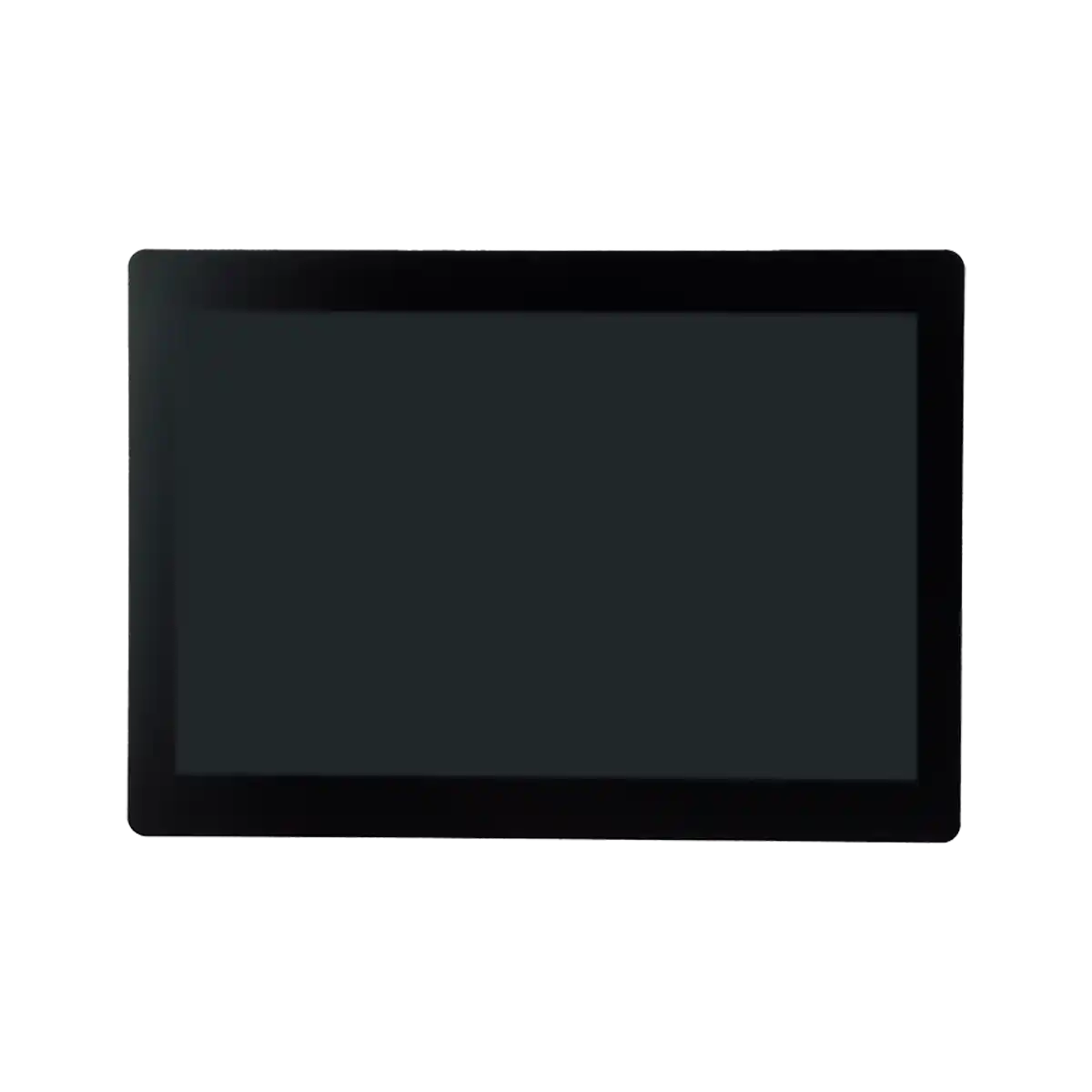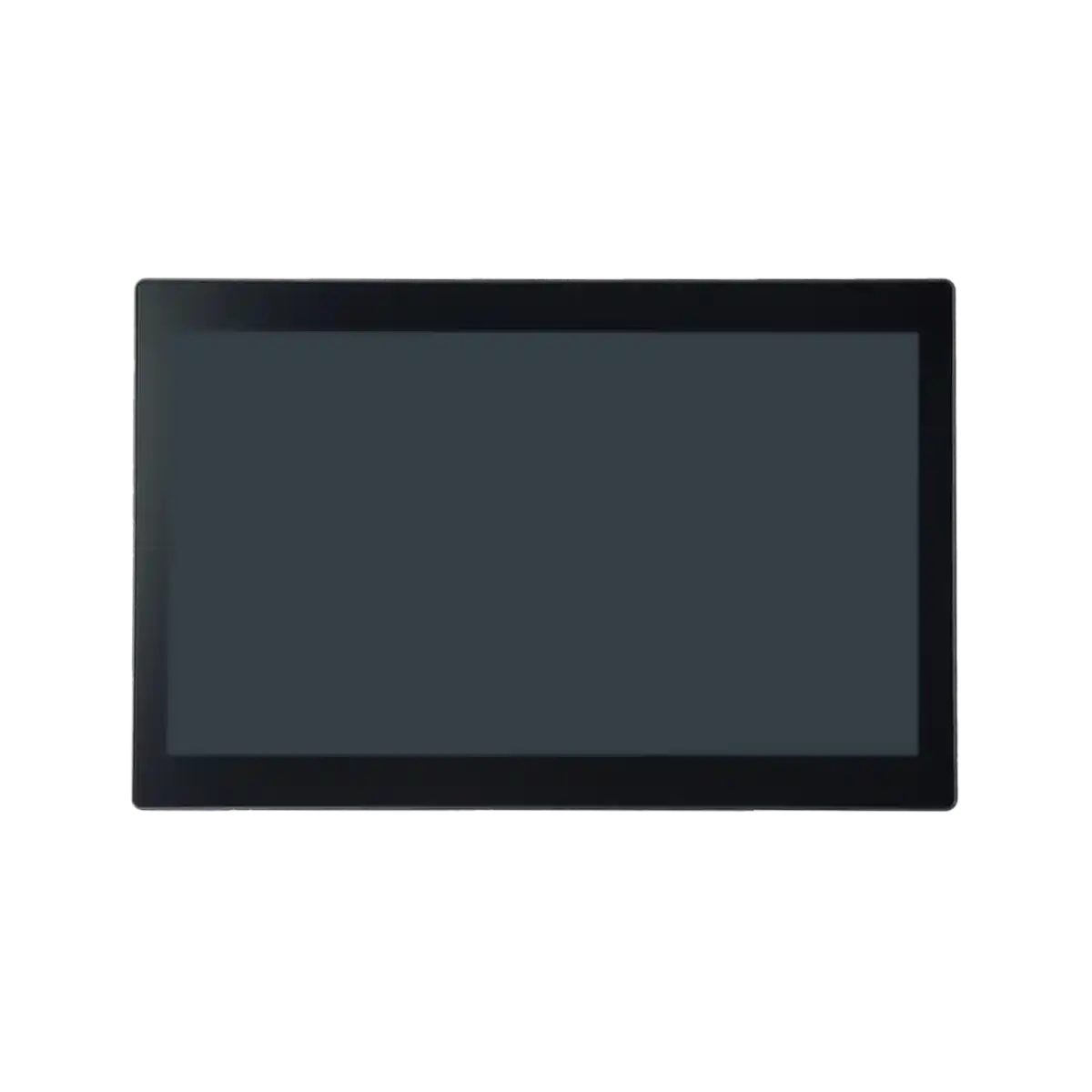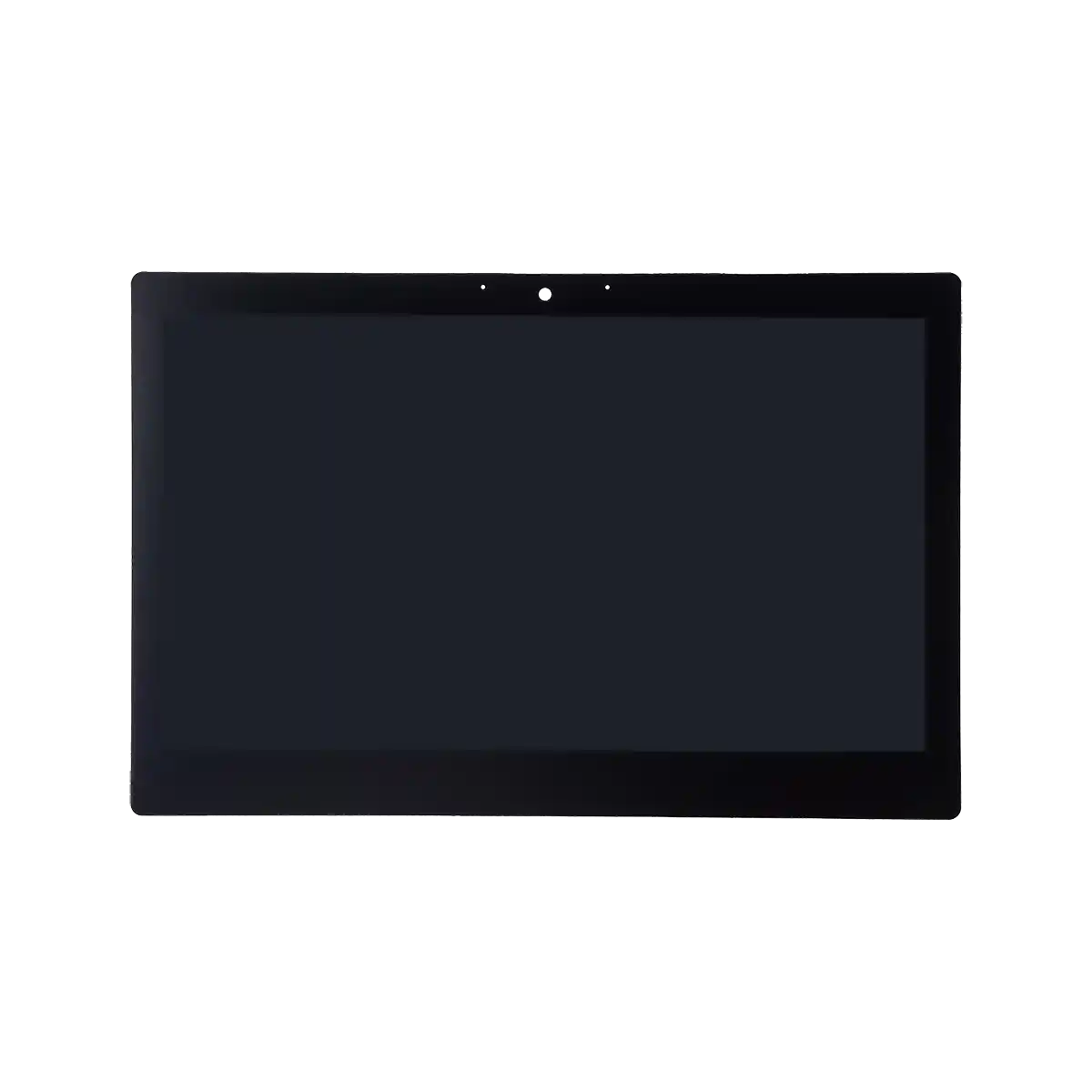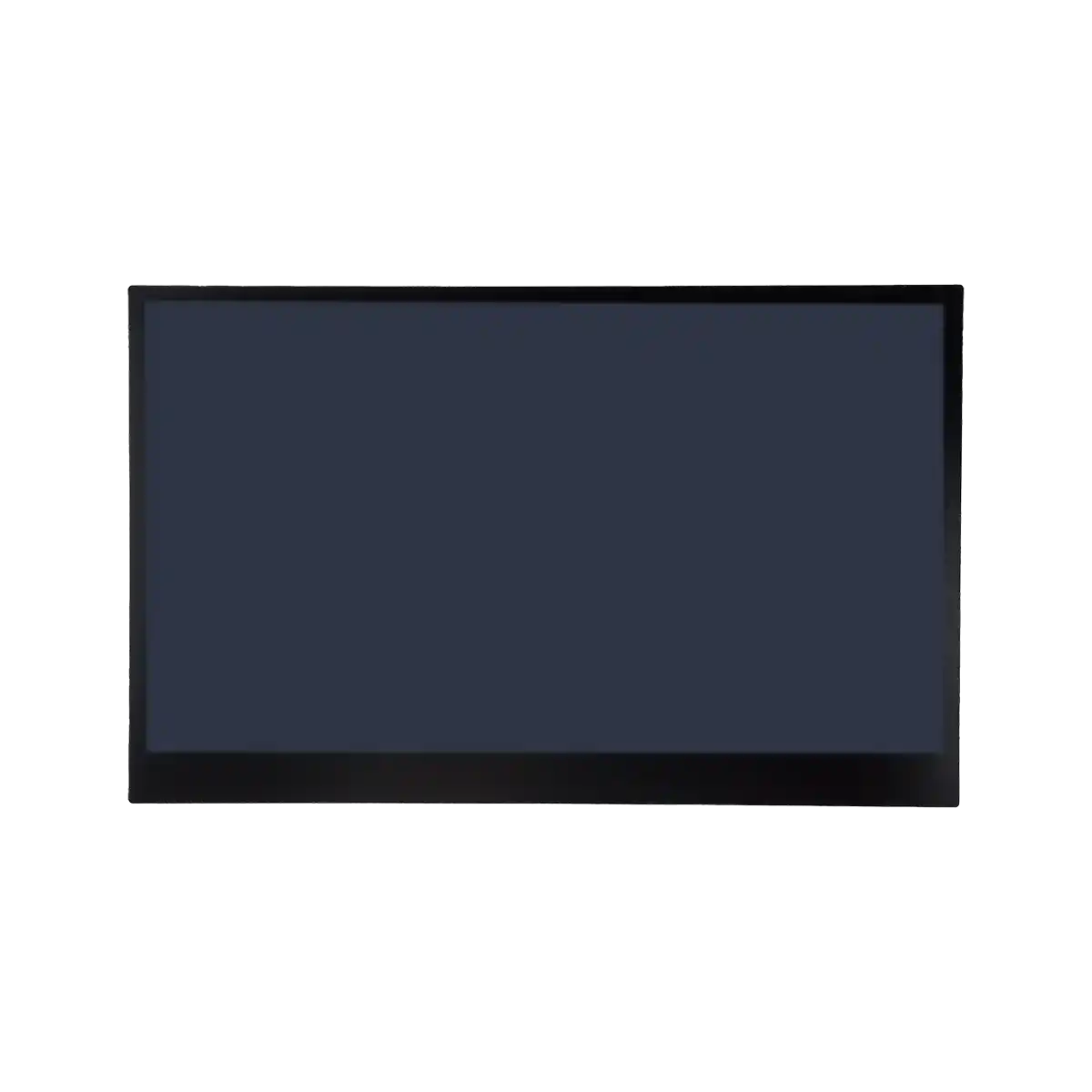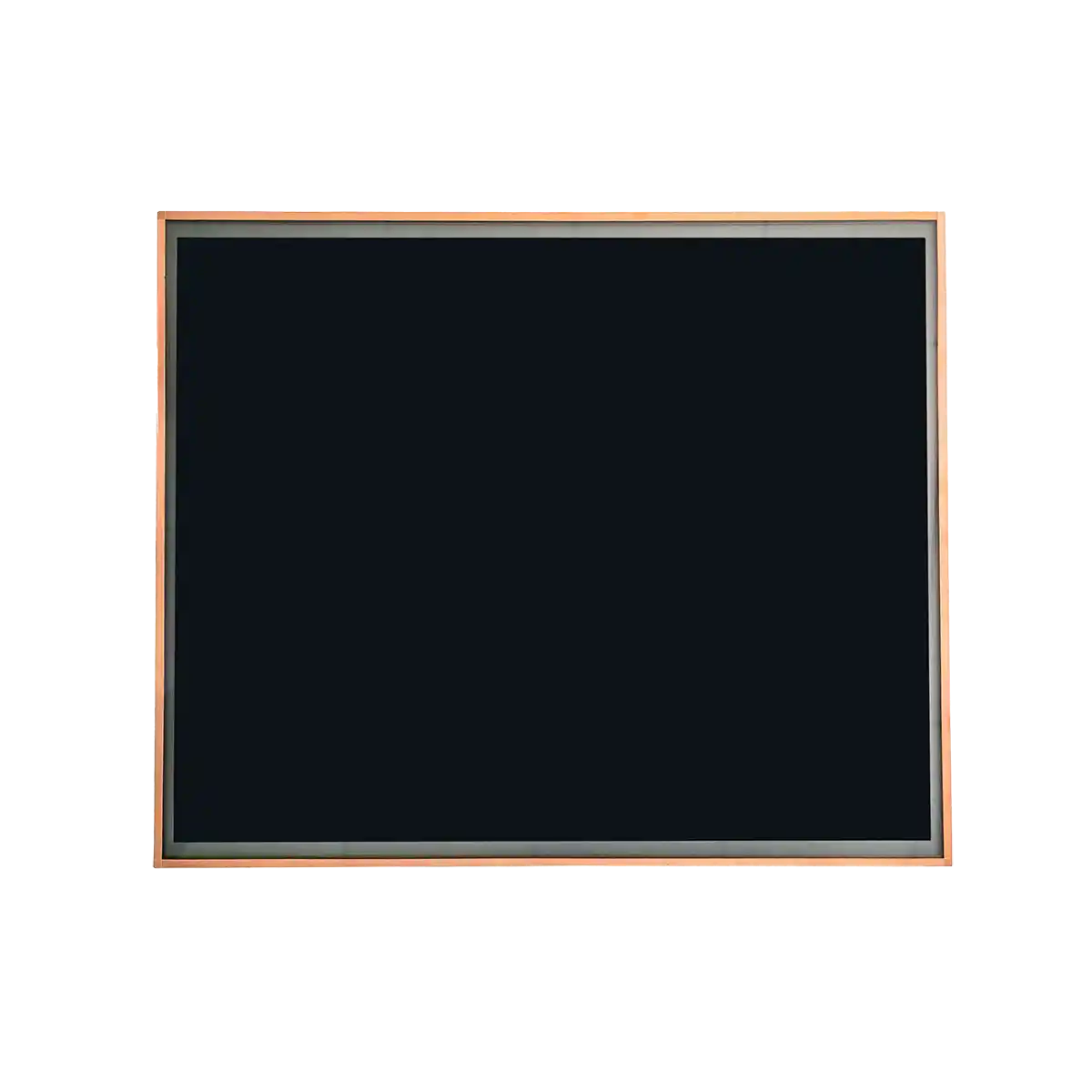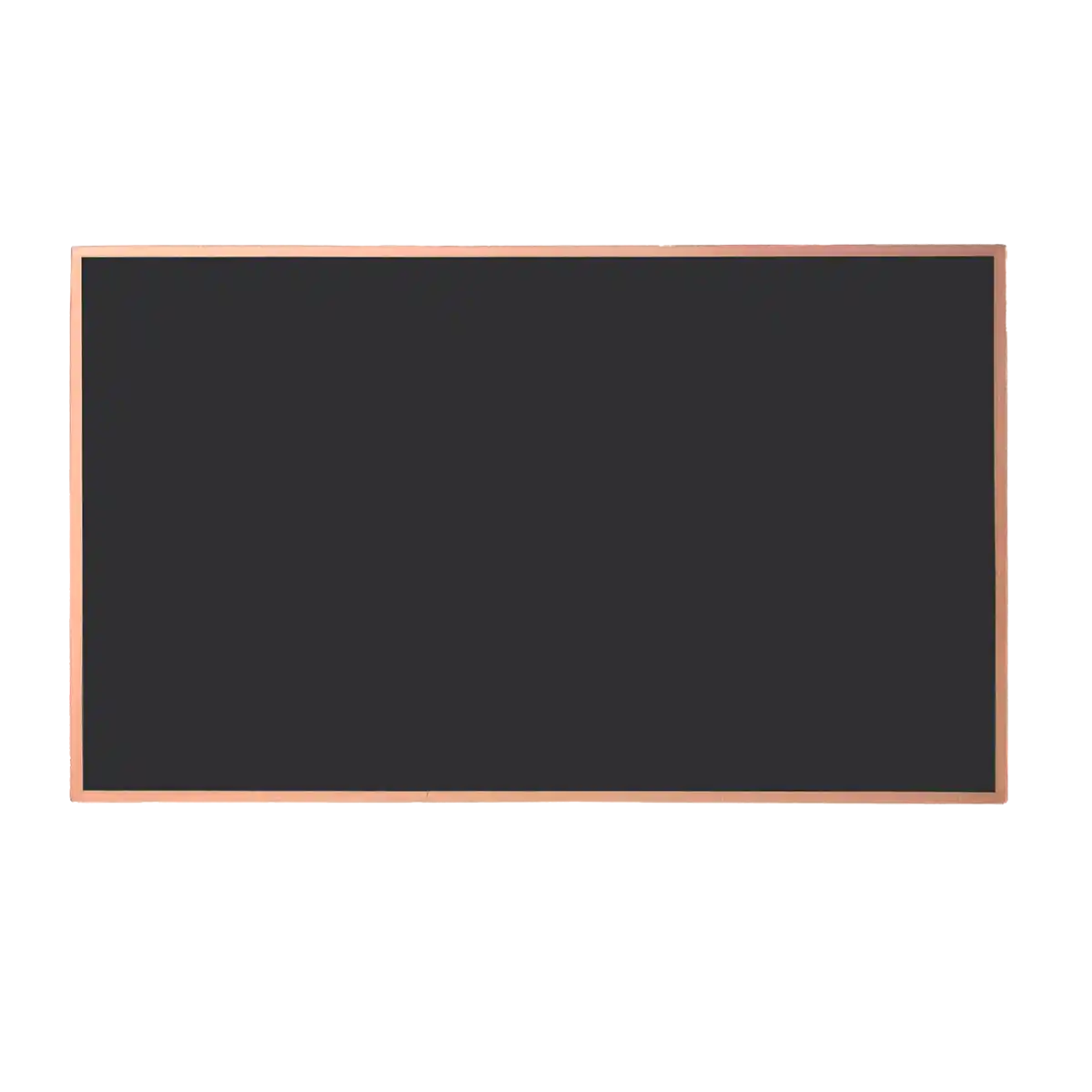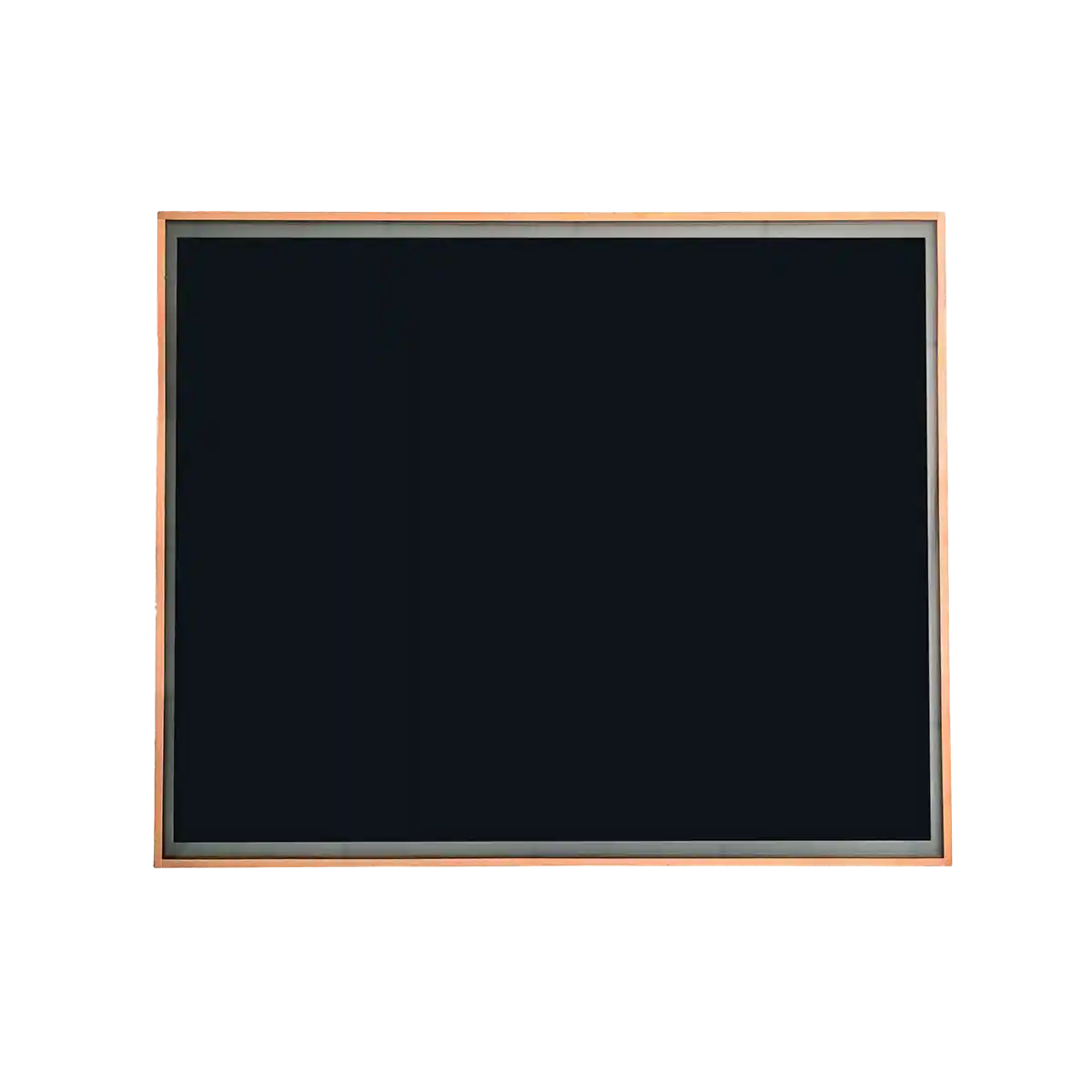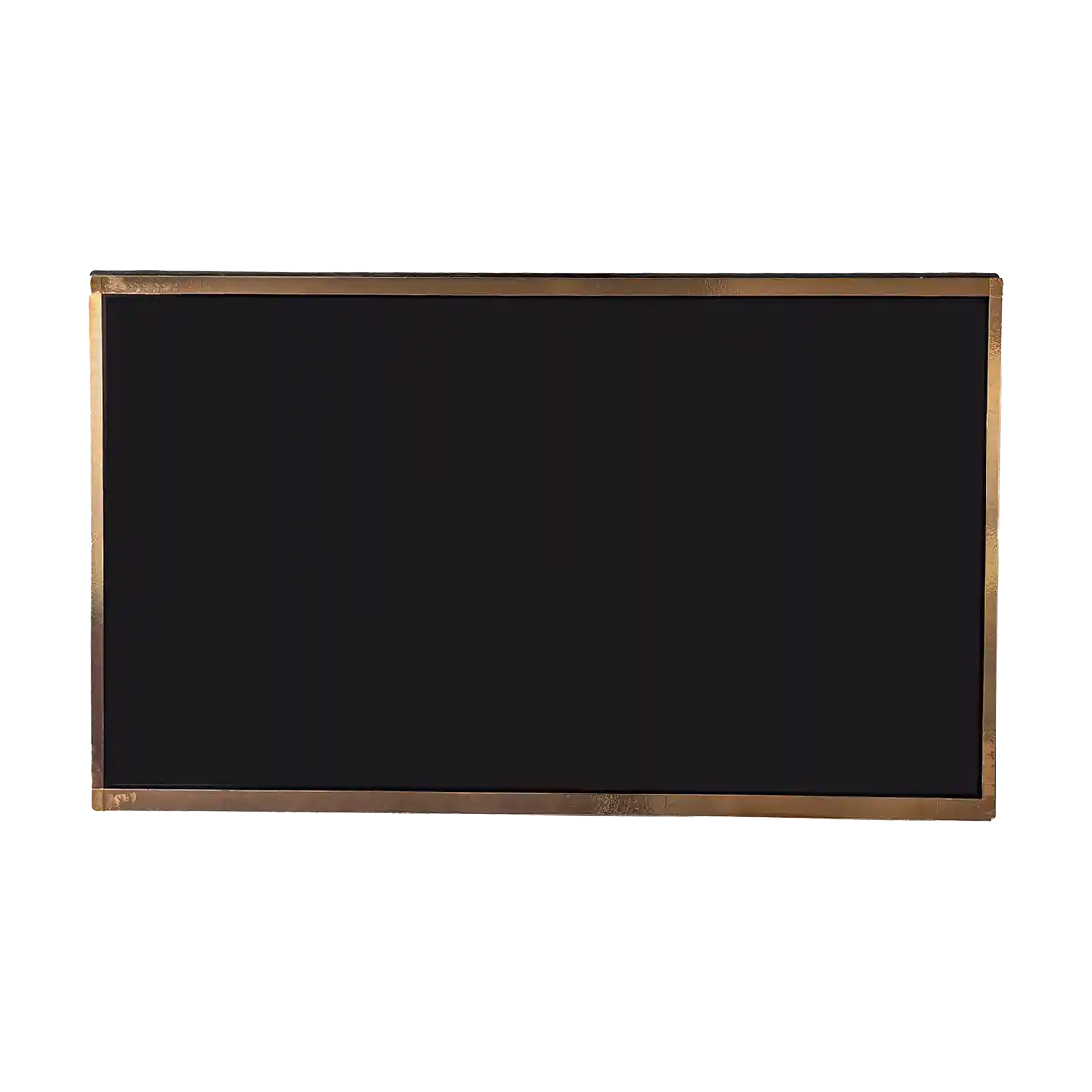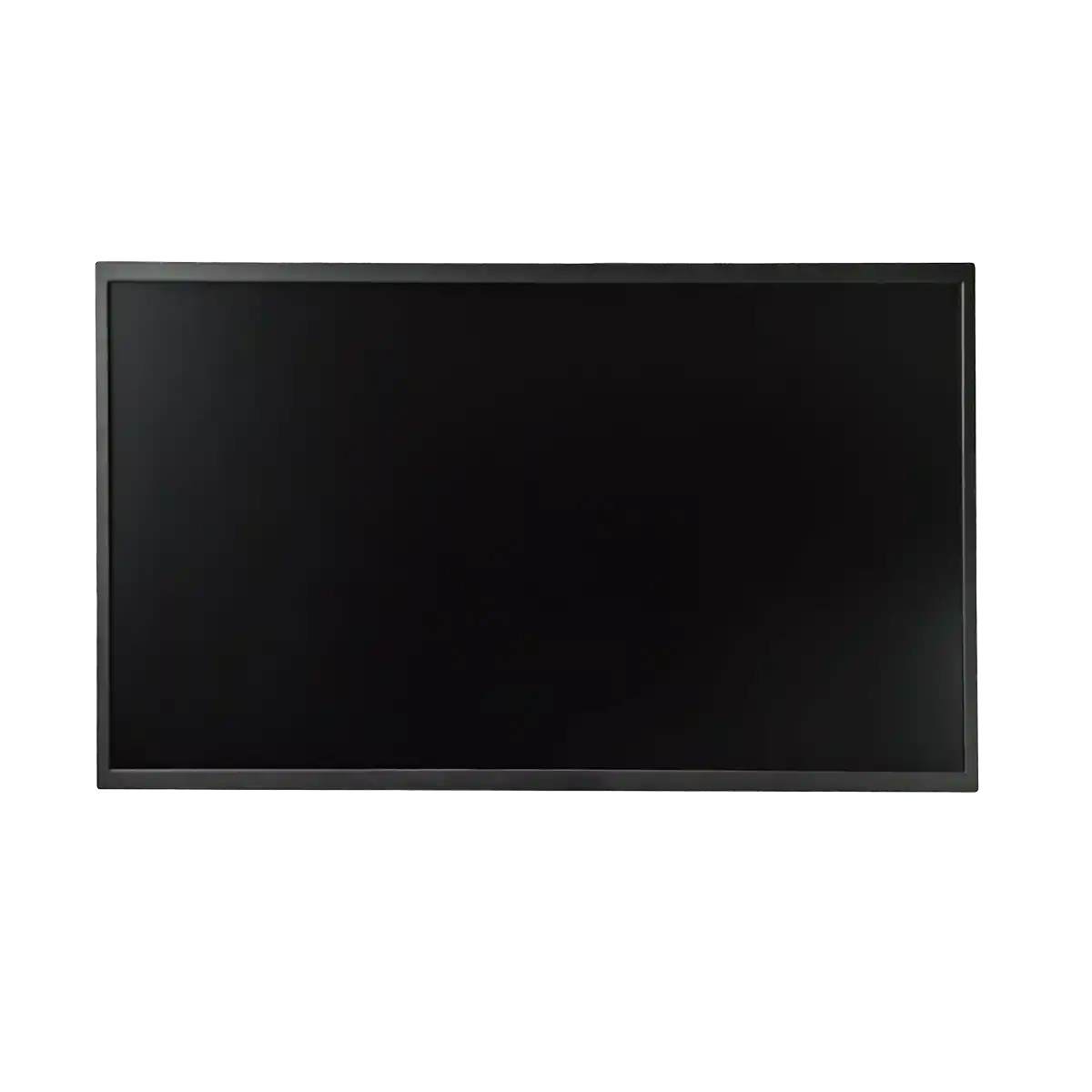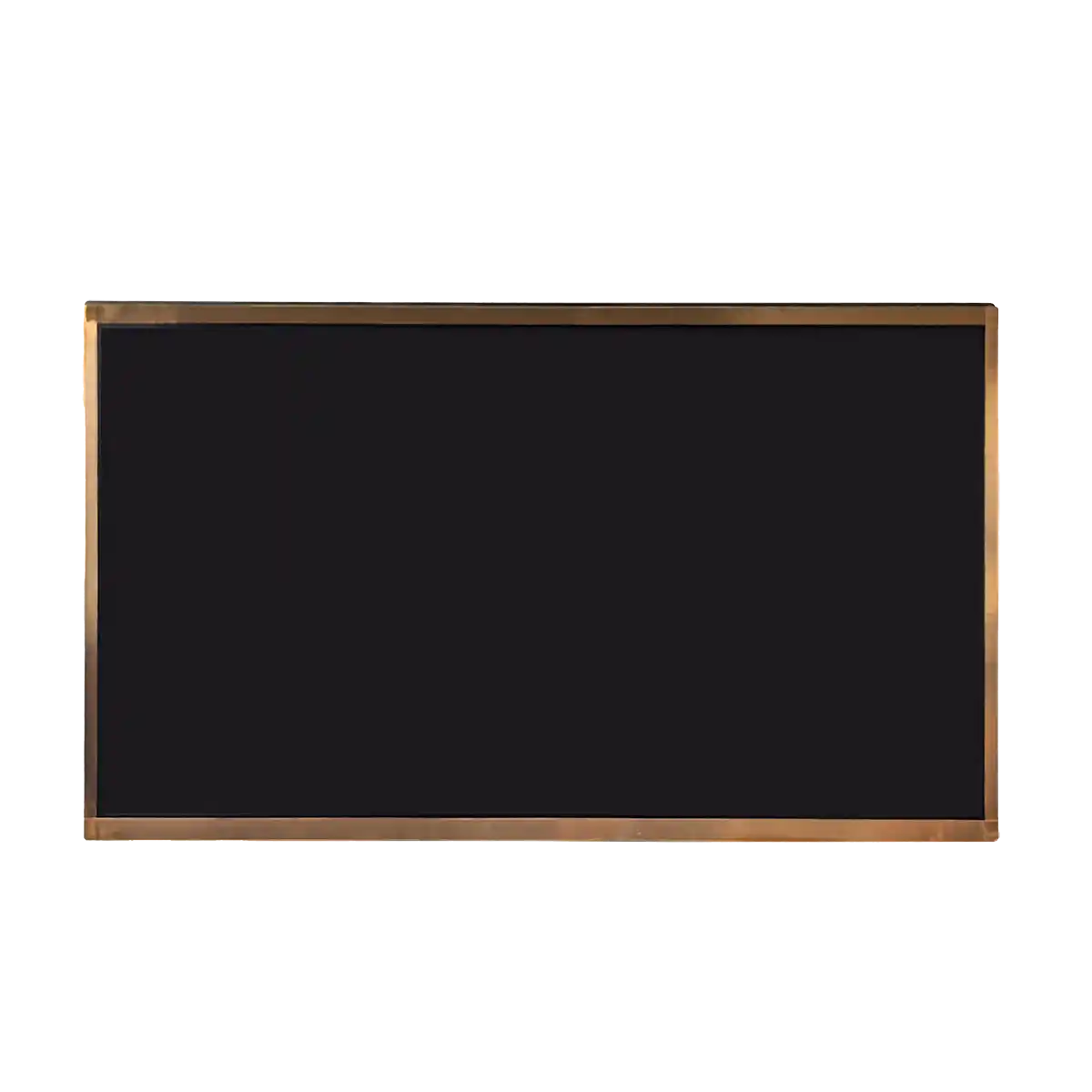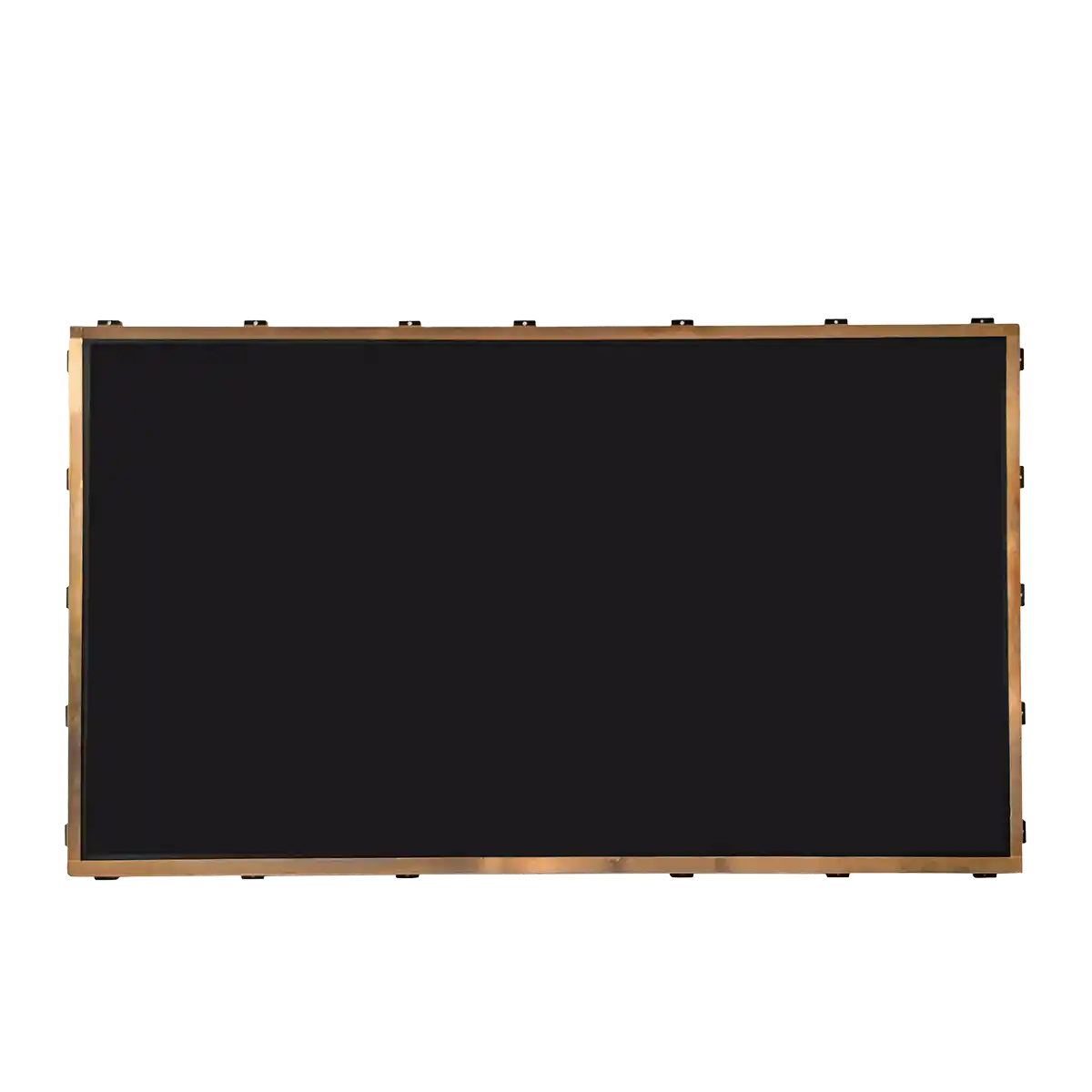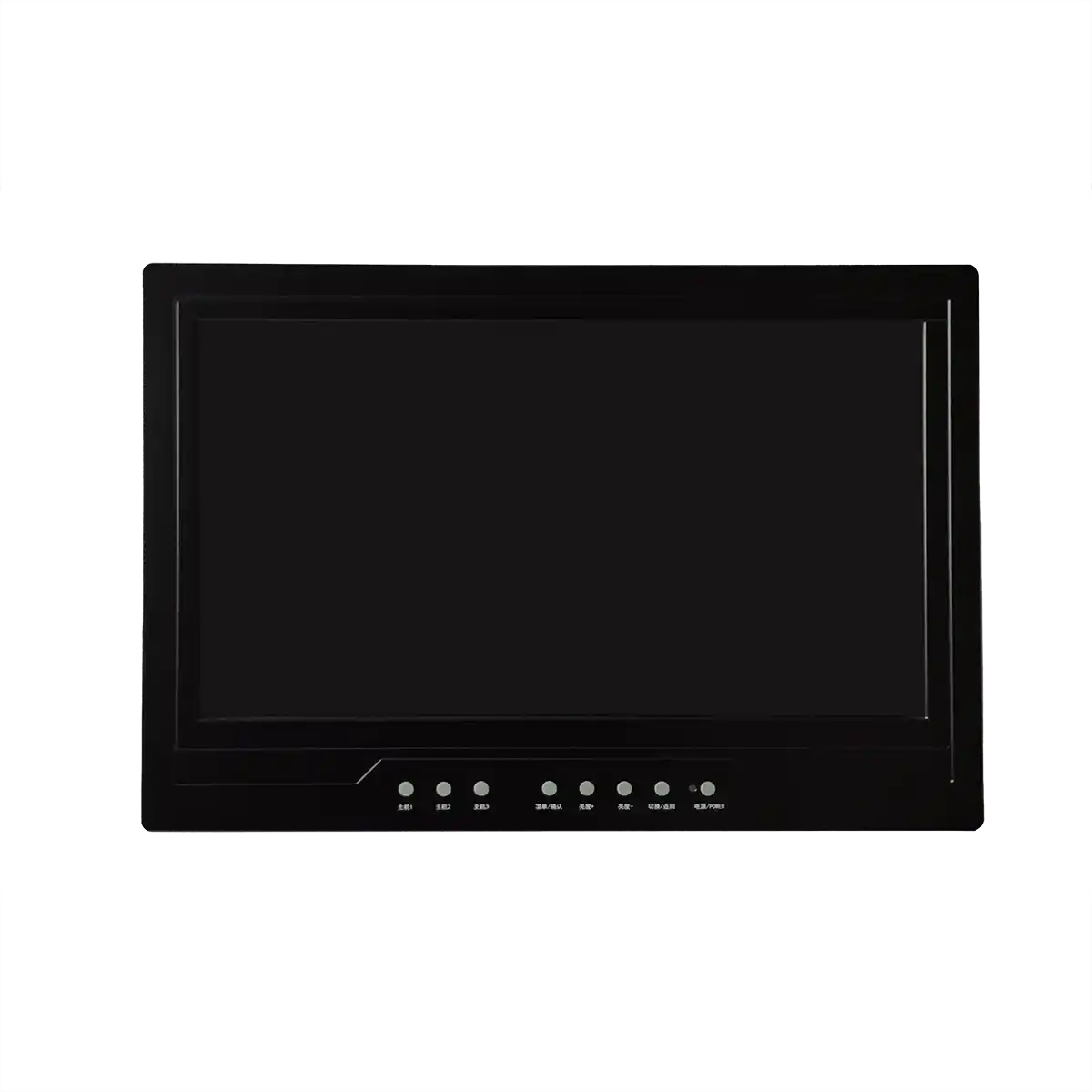Industrial LCD Panels: A Focus on Durability
Introduction:
In the realm of display technology, Industrial LCD Panels have emerged as a cornerstone for various applications requiring robust and reliable visual output. These panels are designed to withstand the rigors of industrial environments, where durability is not just a preference but a necessity. As an expert in the field, I will delve into the intricacies of Industrial LCD Screens, explaining the key concepts and highlighting the importance of durability in their design and functionality.
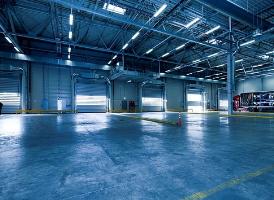
Body:
Industrial LCD Panels, or Liquid Crystal Display panels specifically tailored for industrial applications, are distinguished by their ability to operate under extreme temperatures, resist physical damage, and provide consistent performance over extended periods. Unlike consumer-grade displays, these panels are engineered to meet the stringent demands of industrial settings, which often include exposure to dust, moisture, and mechanical stress.
The heart of an Industrial LCD Panel is its Liquid Crystal Display, a technology that modulates light through liquid crystals to create images. Each pixel within the display consists of subpixels, typically red, green, and blue (RGB), which combine to produce a full spectrum of colors. The durability of these panels is enhanced by several factors:
1. Optical Bonding: This process involves the application of a transparent adhesive between the LCD panel and its protective glass, creating a single, solid unit that is less susceptible to shock and vibration.
2. Enhanced Enclosure: Industrial LCD Panels are often housed in robust enclosures that provide protection against physical impacts and environmental factors. These enclosures may be made from materials like stainless steel or aluminum, which offer high resistance to corrosion and wear.
3. Temperature Tolerance: Industrial environments can be subject to wide temperature fluctuations. Industrial LCD Panels are designed to operate within a broad temperature range, ensuring consistent performance in both hot and cold conditions.
4. Anti-Reflective Coatings: To improve visibility in bright or varying lighting conditions, these panels may feature anti-reflective coatings that minimize glare and enhance the clarity of the displayed content.
5.Long Lifespan: Industrial LCD Panels are built to last, often with a lifespan exceeding 50,000 hours of operation. This longevity is achieved through the use of high-quality components and materials that resist degradation over time.
Conclusion:
The significance of durability in Industrial LCD Panels cannot be overstated. Their ability to maintain performance and resist damage in harsh conditions is what sets them apart from standard displays. As industries continue to evolve and the demand for reliable visual interfaces grows, the role of durable Industrial LCD Panels becomes increasingly vital. They are more than just displays; they are the visual backbone of many industrial processes, ensuring that critical information is conveyed clearly and consistently.
Expansion:
Looking ahead, the future of Industrial LCD Panels promises further advancements in durability and functionality. Innovations such as flexible LCD technology, which allows for curved or bent displays, and the integration of touch-sensitive surfaces for interactive applications, are on the horizon. Additionally, the development of smart glass technology, which can dynamically adjust transparency and reflectivity, could revolutionize the way industrial displays are used and interacted with.
Furthermore, as sustainability becomes a key concern in all sectors, the industry is likely to see a shift towards more eco-friendly materials and manufacturing processes for Industrial LCD Panels. This includes the use of recycled materials, energy-efficient backlighting, and the reduction of hazardous substances in the production process.
In conclusion, the evolution of Industrial LCD Panels is not just about enhancing their durability; it is also about adapting to the changing needs of industry and the environment. As we continue to push the boundaries of technology, the role of these panels in the industrial landscape will only become more significant and sophisticated.
This article provides an in-depth look at the critical aspects of Industrial LCD Panels, focusing on their durability and the features that contribute to their longevity in challenging environments. The expansion section offers a glimpse into the potential future developments that could further enhance the capabilities and applications of these essential components in the industrial sector.
Recommended Articles
-
Are the displays in Tesla's Cyb
2024-12-10 -
Interpretation Report on AUO's
2024-12-05 -
ADS Pro: The Future of Display
2024-12-04 -
The Trajectory of South Korea's
2024-12-04 -
Practical Applications of Indus
2024-09-26 -
Hangzhou LEEHON Technology supp
2024-09-14 -
How to Check for Issues in Indu
2024-09-11 -
How does an LCD screen find ind
2024-09-11 -
What is the difference between
2024-09-11 -
In-depth analysis of the develo
2024-09-10


